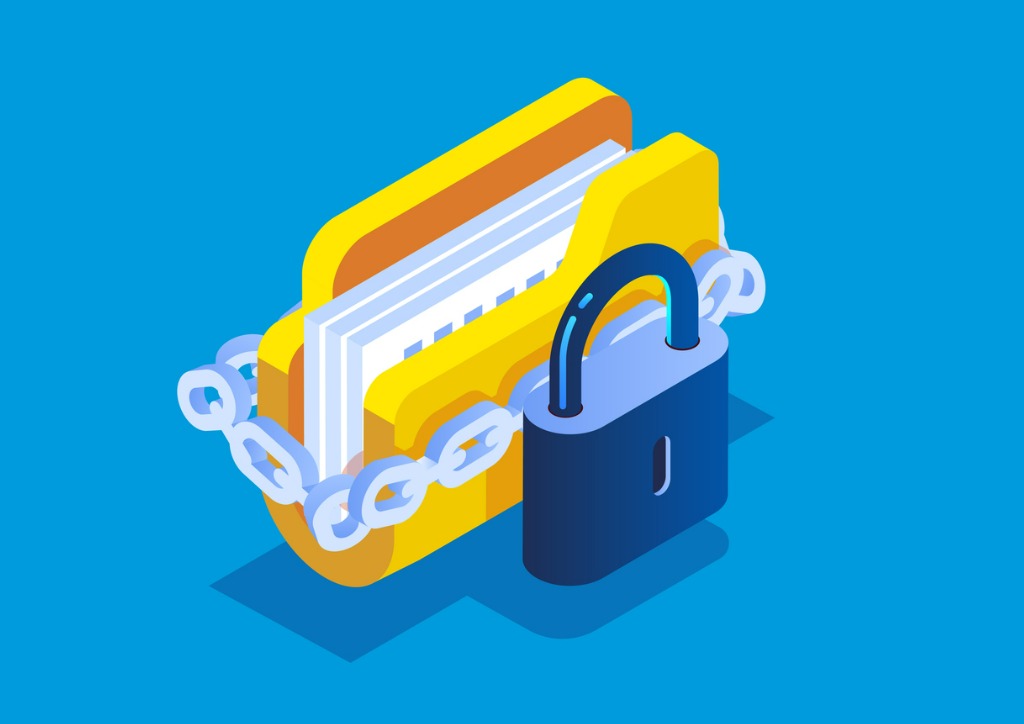How Does a Virtual Data Room Help With M&A?

Discover how purpose-built virtual data rooms secure collaboration and maximize efficiency, streamlining your digital merger, acquisition, or divestiture and giving you peace of mind about the security of your deal.
Despite the COVID-19 pandemic, mergers, acquisitions, and divestitures flourished in 2021, with the global M&A market hitting a record high total value of $5.9 trillion. These transactions were unlike their predecessors in the towering valuations, breakneck pace, and the nature of how a deal was struck: digitally.
In fact, a 2021 Deloitte survey of M&A professionals found 87% of their organizations effectively managed a deal in a purely virtual environment, so much so that more than half (55%) anticipated that virtual deal-making would be the preferred platform post-pandemic.
If your company is interested in participating in virtual M&As, you could leverage a familiar enterprise file sharing platform like Microsoft SharePoint or Google Workspace to execute these virtual deals (as AvePoint did when going public on NASDAQ last summer). However, there’s a better solution: a virtual data room.

A virtual data room (VDR) is a highly secure online document repository and collaboration space for sharing, storing, and collaborating on your most sensitive projects. Unlike other collaboration platforms, VDRs enable efficiency and collaboration among internal and external users while maximizing security.
With experts expecting M&A activity to remain high in the coming year—with increases in deal size and volume expected to continue—we’ve put together a few ways a VDR can help your organization capitalize on today’s red-hot market.
Watch the webinar: Key Data & Technology Considerations That Ensure M&A Success
Ensure Your Transaction is Secure
The very nature of mergers and acquisitions requires companies to share a vast amount of highly sensitive and confidential information; poor security measures could result in accidental oversharing, data spill, or worse.
That’s why security is the paramount feature of a VDR. Through strict permissions, admins can assign access and capabilities on a user-by-user basis, ensuring no one has access to your information unless you explicitly want them to. You can also track who’s viewed, downloaded, or edited documents to more easily follow your data trail.
Some VDRs can be hosted from your own cloud tenant, such as AvePoint’s Confide. Confide is the only virtual data room integrated with your Microsoft 365, keeping your data close to home and providing optimal security and initiation. While nobody plans to fall victim to an intentional or unintentional data breach, particularly during the M&A process, it happens. A 2019 survey found that 53% of respondents said their organization faced a major cybersecurity issue during an M&A deal that put the deal into jeopardy. VDRs offer peace of mind that your sensitive information is protected.

Keep Your Deal on Track
Time is of the essence in any M&A transaction, as delays inevitably cost valuable time and money.
Historically, the due diligence phase could be lengthy thanks to shipping time, repeat requests, and misplaced documents. Utilizing a VDR helps speed up the process. Through the digital platform, information can be compiled, organized, and exchanged instantaneously, saving time and money.
Features like task assignment, which allow admins to assign specific responsibilities to key players, and key metric and activity monitoring, help ensure tasks are completed and both organizations meet tight deadlines. Project leads can take advantage of these real-time insights to optimize project workflows and inform strategic decisions, keeping the deal on track.
Understand the Health of Your Deal
During the initial stages of due diligence, you’ll likely work with several interested parties. Some will always be more interested than others, and in a traditional M&A setting, it can be difficult to know who your best prospect is.
A VDR like Confide can give you insights into how your deal is going through user engagement metrics and file and folder consumption insights. You can see which potential buyer is spending the most time reviewing specific company documents and for how long, giving you a better idea of their engagement level.
This information not only helps you understand how your deal is going but can also help you determine a communications plan with potential buyers. Those who spend more time in your environment could use a warm follow-up while those who haven’t opened any documents yet might need a gentle reminder.

Get the Best Deal Possible
The same features that make VDRs efficient also make them more accessible. Sellers can easily spin up deal rooms and manage internal and external access. For instance, Confide allows you to spin up a new workspace within moments, easily tracking key metrics and recent activity across multiple projects from one centralized dashboard.
This, paired with how simple it is for potential buyers to access all the information they need in one place, allows sellers to shop their deal to a wider audience and drive up valuations.
Buyers also benefit. VDRs provide flexibility for buyers to review several potential purchases at once, thanks to the lack of time and expense required in digital deal-making. This allows them to compare multiple options before settling on the deal right for them without travel, coordination, or a physical handshake.
No matter which side of the transaction you’re on, utilizing VDRs for your M&A allows you to walk away with the best deal possible.
Speed Up Post-Deal Integration
Even when the ink is dry (or the e-signature is verified) on your transaction paperwork, there’s plenty of work to be done. A good deal will mean nothing if the two organizations cannot successfully integrate.
Utilize your VDR for efficient and secure communication about gaps in technology, infrastructure improvement, or data migration needs—and how to address them following the closing of deals. These private conversations are important (you don’t want to be a year out from the deal and realize your newly-acquired business had no master data management plan and now your records are in disarray), but the outside world doesn’t necessarily need to be privy to them.

After integration, the value of your VDR doesn’t fade. The tool can be used for far more than M&A deals. Any joint venture—from IPOs and auditing to legal and real estate contracts—can benefit from having a secure space to store and share information. Even if you aren’t working on a high-stakes, highly sensitive project, VDRs can be useful in your day-to-day work as well. Easily scalable, these digital saferooms not only protect confidential data but make it easier to collaborate with guest users who might traditionally have been limited by firewalls or IT restrictions.
Closing Thoughts
At the end of the day, virtual data rooms fill a critical space in your collaboration toolbox, offering security, usability, and access that other platforms cannot. With so much business happening digitally these days, there is no reason to take an unnecessary risk with your information.
VDRs might never fully replace physical data rooms, but they are certainly here to stay. With more efficient communication, expanded opportunities, and shorter timelines, it’s no wonder so many are turning to VDRs for their M&As. To learn more about Confide specifically, try your hand at a free trial here.
Have questions about how implementing a virtual data room works? Be sure to subscribe to our blog for further coverage.
Kayla Haskins is a Content Marketing Manager at AvePoint, writing about all things cloud collaboration – including Power Platform, Microsoft 365, Google Workspace, and Salesforce. An advocate of operational governance and process automation, Kayla creates content that helps businesses manage technology to drive efficiencies in the modern workplace and make work/life balance a reality.



